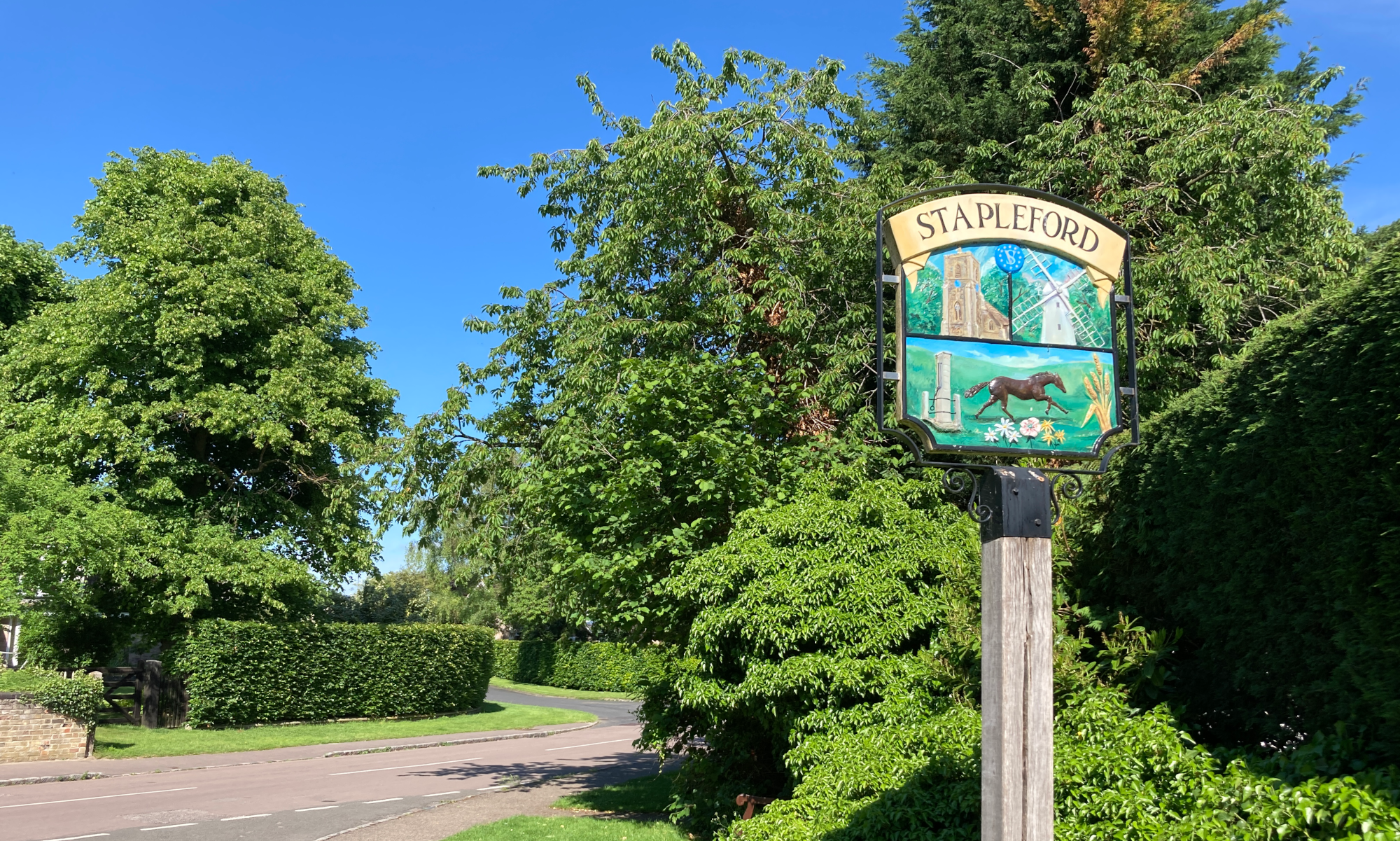Stapleford History Society 8 July 2025
A talk by Eleanor Whitehead
Eleanor Whitehead is a retired Science teacher (Impington Village College) and became intrigued by the history of the Chivers family and its work and is the author of “The Chivers Story”: a history of the family and firm from 1806, when the family established itself in Cottenham.
The Chivers family eventually owned as many as 10,000 acres, mostly devoted to orchards. They sold all their fruit as fruit until in 1873 there was a glut of plums. With the help of women staff from Pembroke College, quantities of relatively expensive jam were made. All the jam was sold so it was decided to keep the jam making going as another income stream.
In 1876 the tax on sugar was halved so more people could afford to buy jam. The need to keep the jam pure and mould free necessitated the use of silver plated cooking utensils and this led to the formation of a silver plating department. At that time the jam was sold in ceramic and glass jars. Unfortunately the tin lids were attacked by the acid in the fruit so there was a need for more innovation. Albert Ivett was a brilliant industrial chemist and Charles Lack was a brilliantly innovative mechanical engineer so, by the 1890s, the company was making its own tins and by 1920 introduced vacuum sealed jars with a patent awarded in 1923.
By the 1920s the product range included jam, jelly, marmalade, mincemeat, custard powder and soup, and the effect of this was to improve the health of its customers and provide lots of work for both men and women. During World War I, Government contracts necessitated the doubling of the workforce in the factory and farms with job opportunities created for women while the men were away fighting.
Unfortunately the speaker ran out of time so we will be treated to the rest of her talk at some later date.
Report by Jane Steadman

